Filter by

Making Copyright Work for the Asian Pacific : Juxtaposing Harmonisation with …
This book provides a contemporary overview of developing areas of copyright law in the Asian Pacific region. While noting the tendency towards harmonisation through free trade agreements, the book takes the perspective that there is a significant amount of potential for the nations of the Asian Pacific region to work together, find common ground and shift international bargaining power. Moreove…
- Edition
- -
- ISBN/ISSN
- 9781760462383
- Collation
- -
- Series Title
- -
- Call Number
- 340 MAK
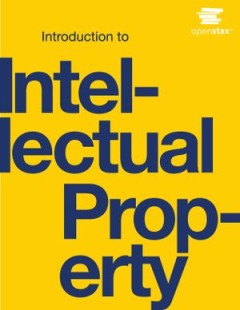
Introduction to Intellectual Property
Introduction to Intellectual Property provides a clear, effective introduction to patents, copyright, trademarks, and trade secrets. The text may be used by students and instructors in formal courses, as well as those applying intellectual property considerations to entrepreneurship, marketing, law, computer science, engineering, design, or other fields. The luminaries involved with this projec…
- Edition
- -
- ISBN/ISSN
- 9781951693343
- Collation
- -
- Series Title
- -
- Call Number
- 340 KLI i
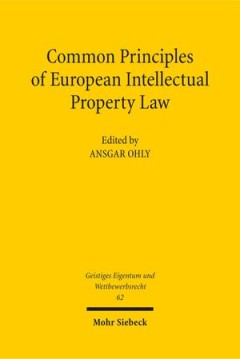
Common Principles of European Intellectual Property Law
Intellectual property law has been harmonized by EU law to a considerable extent. At the same time intellectual property rights have converged. The academic discussion has not kept pace with this development. European intellectual property law is often seen through the spectacles of national law; pan-European discussions about issues of Community law seem to be the exception rather than the rul…
- Edition
- -
- ISBN/ISSN
- 9783161518263
- Collation
- -
- Series Title
- -
- Call Number
- 340 OHL c
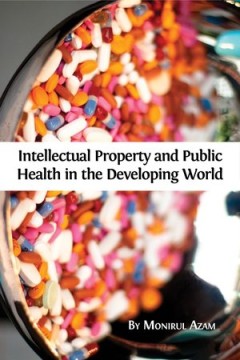
Intellectual Property and Public Health in the Developing World
Across the world, developing countries are attempting to balance the international standards of intellectual property concerning pharmaceutical patents against the urgent need for accessible and affordable medicines. In this timely and necessary book, Monirul Azam examines the attempts of several developing countries to walk this fine line. He evaluates the experiences of Brazil, China, India, …
- Edition
- -
- ISBN/ISSN
- 9781783742301
- Collation
- -
- Series Title
- -
- Call Number
- 340 AZA i
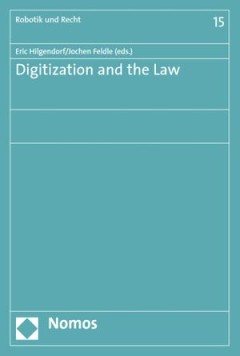
Digitization and the Law
"Digitization of information" means, to state it in the simplest way possi‐ ble, the representation of information as a sequence of zeros and ones. Digitized information can be edited, stored and easily transferred between computers. In view of the high power of today's computers and their glob‐ al networking via the Internet, this means that vast amounts of information can be processe…
- Edition
- -
- ISBN/ISSN
- 9783848747009
- Collation
- 140 halaman
- Series Title
- -
- Call Number
- 340 DIG

A Philosophy of Intellectual Property
Are intellectual property rights like other property rights? More and more of the world’s knowledge and information is under the control of intellectual property owners. What are the justifications for this? What are the implications for power and for justice of allowing this property form to range across social life? Can we look to traditional property theory to supply the answers or do we n…
- Edition
- -
- ISBN/ISSN
- 9781925022957
- Collation
- -
- Series Title
- -
- Call Number
- 340 DRA p
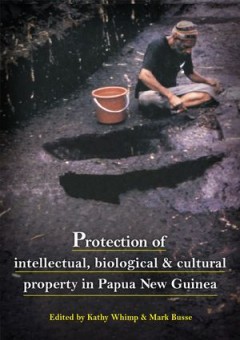
Protection of intellectual, biological & cultural property in Papua New Guinea
Intellectual, biological and cultural property rights are a powerful and debatable topic. They offer the possibility for protection of rights to intangible resources, including the products of knowledge and creativity. The forces of globalisation have made this subject of immediate, international concern. Struggles for ownership of intellectual property occur between and within local and global…
- Edition
- -
- ISBN/ISSN
- 9781922144928
- Collation
- -
- Series Title
- -
- Call Number
- 340 PRO
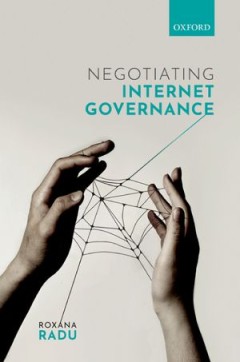
Negotiating Internet Governance
What is at stake for how the Internet continues to evolve is the preservation of its integrity as a single network. In practice, its governance is neither centralised nor unitary; it is piecemeal and fragmented, with authoritative decision-making coming from different sources simultaneously: governments, businesses, international organisations, technical and academic experts, and civil society.…
- Edition
- -
- ISBN/ISSN
- 9780198833079
- Collation
- -
- Series Title
- -
- Call Number
- 340 RAD n
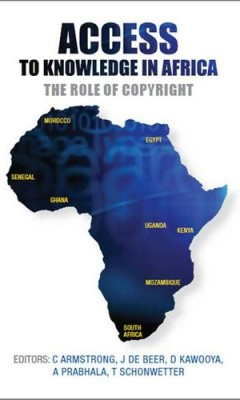
Access to Knowledge in Africa : The role of copyright
The emergence of the Internet and the digital world has changed the way people access, produce and share information and knowledge. Yet people in Africa face challenges in accessing scholarly publications, journals and learning materials in general. At the heart of these challenges, and solutions to them, is copyright, the branch of intellectual property rights that covers written and related w…
- Edition
- -
- ISBN/ISSN
- 9781919895451
- Collation
- -
- Series Title
- -
- Call Number
- 340 ARM a
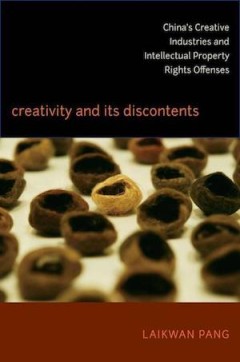
Creativity and its Discontents : China’s Creative Industries and Intellectu…
Creativity and Its Discontents is a sharp critique of the intellectual property rights (IPR)–based creative economy, particularly as it is embraced or ignored in China. Laikwan Pang argues that the creative economy—in which creativity is an individual asset to be commodified and protected as property—is an intensification of Western modernity and capitalism at odds with key aspects of Chi…
- Edition
- -
- ISBN/ISSN
- 9781478091530
- Collation
- -
- Series Title
- -
- Call Number
- 340 PAN c
 Computer Science, Information & General Works
Computer Science, Information & General Works  Philosophy & Psychology
Philosophy & Psychology  Religion
Religion  Social Sciences
Social Sciences  Language
Language  Pure Science
Pure Science  Applied Sciences
Applied Sciences  Art & Recreation
Art & Recreation  Literature
Literature  History & Geography
History & Geography